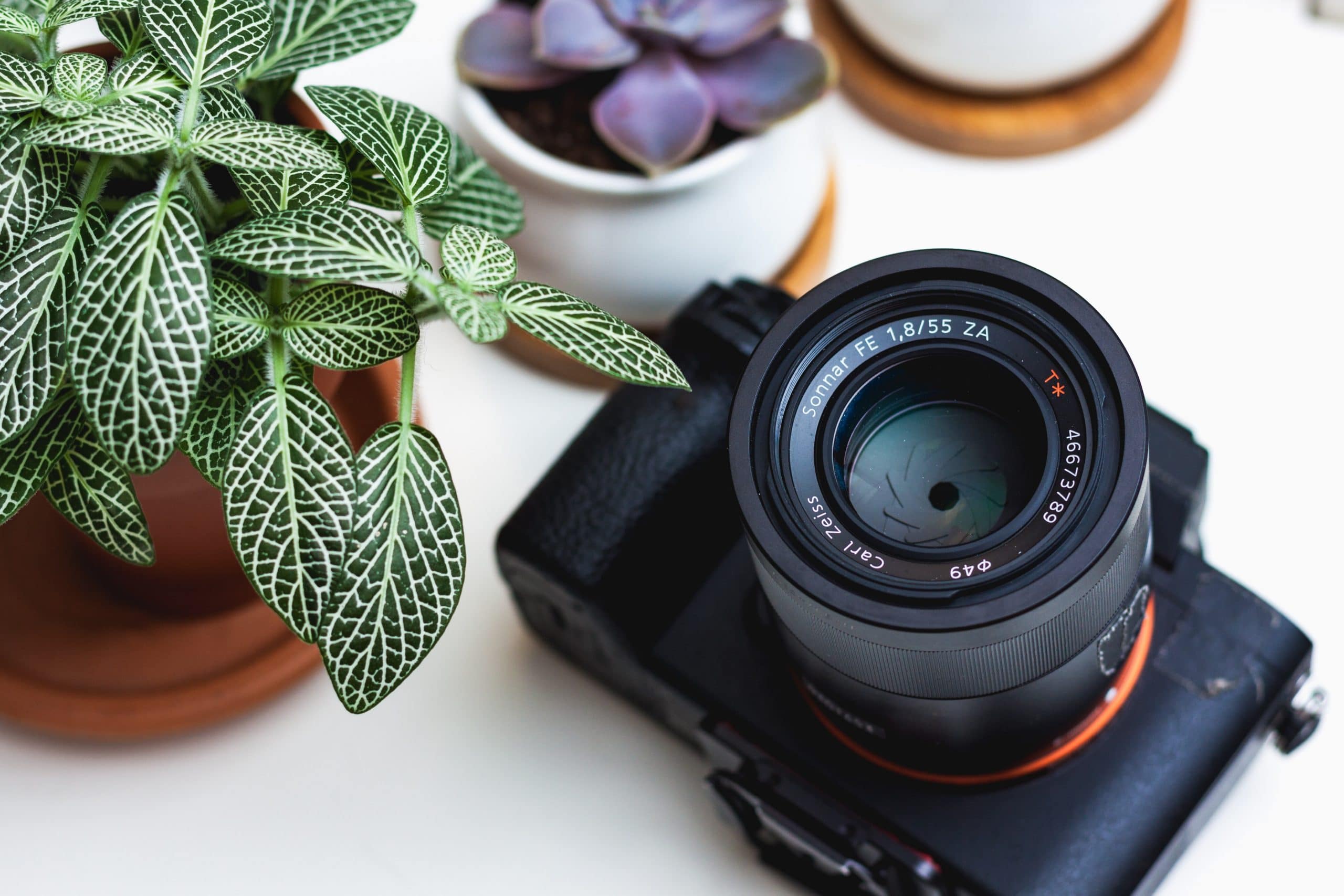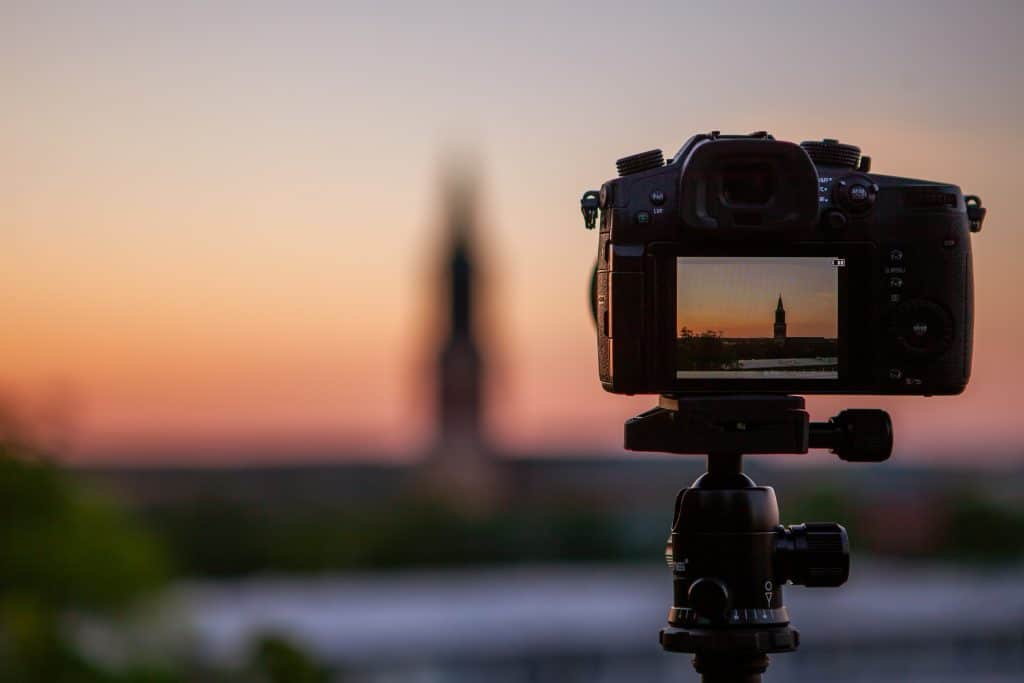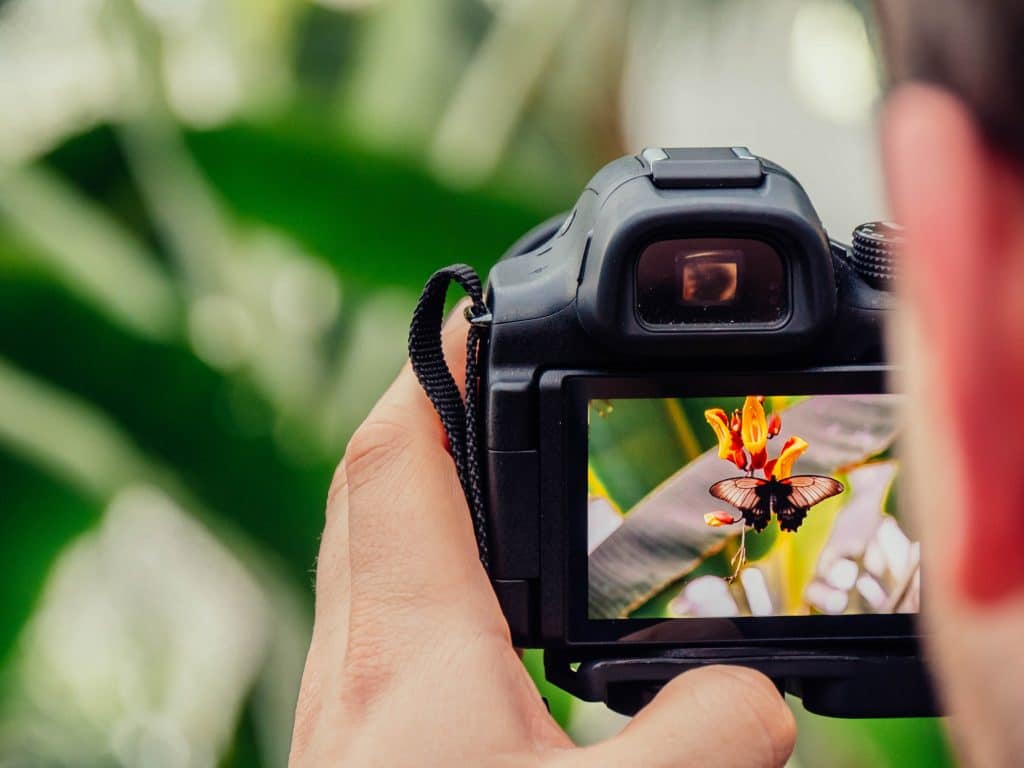
Every modern camera has a Metering Mode which allows it to measure the exposure. Whether you are a veteran photographer or a beginner, you must know that exposure can make or break an image. Although the cameras are optimized to figure the exposure automatically, it does not always give the best results.
In this article, you will learn what metering is, and how you can use different camera metering modes to enhance the exposure of your images.
Understanding Metering
The first thing to know is that camera manufacturers use different names for this mode. Some call it Camera Metering, Metering Mode, whereas some might simply call it Metering.
The name is not important, what’s important is the function of Metering. In order to put it plainly, metering tries to correct the exposure of the image if it determines that your image is either over or under-exposed. You can say that it is a sensor that determines the correct shutter speed and aperture depending on the amount and intensity of light reflected by objects. This reflected light is also used to calculate the correct ISO.
Camera metering sounds great, right? Well, it is great, but only when the scene is lit evenly. We do not need to get into the technical details, but you should know that metering works on an average function, by default. The problem arises when different objects have different exposures and intensities.
Now, if the metering is applied to that, then some areas of the image might get over or under-exposed.
Different Camera Metering Modes
So, you understand that the default metering can mess up the exposure. Now, the question is how to make it better? Fortunately, every modern digital camera comes with a few metering modes. You can switch between these modes to determine the one that works best for you.

Photo edited in Lightroom.
Matrix Metering Mode
The first one of the camera metering modes that we are discussing is the Matrix Metering. It is also referred to as Evaluative or Pattern metering and it is the default metering mode in most cameras. This mode is great for both landscape and portrait photography.
As given by the name, this mode divides the image into a matrix or zones. Then, it analyzes each of the zones, and their light and dark parts. This analysis is on the basis of distance, color, some other factors. But the main thing is that it also determines the exposure based on the focus. It will check where you have placed the focus and prefers that zone over all other zones. In addition to all this information, the camera takes some other factors into account as well, for calculating exposure.
Center-Weighted Metering
This is the simplest of the camera metering modes. We also Know this as Center-Weighted Average Metering. As the name suggests, it focuses on the center of the frame and just ignores the rest.
You might be wondering how could this mode be useful? It might not look like it, but it is helpful in many cases. For instance, if you are taking portraits and there are some bright lights behind the subject, then you can center the face and this mode will correct the exposure, no matter how bright the background.
This mode works best if you want to emphasize the center of the frame. Also, it does not take into account where you put the focus when taking the image.
Spot and Partial Metering Modes
These are the last of the camera metering modes that we will be discussing. Again, both these modes have the same function and much of it is clear by the name.
These modes just fix on a small circle or zone of the image. The overall exposure is calculated based on that zone. Mostly, the function of these modes is almost the same as the Center-Weighted Metering. The difference is the size of the center spot of these modes.
You can use these modes when the background is too bright and you have to focus on a very small dark portion in the center of the image.

How to Shift Between Modes
If you are wondering how to shift between camera metering modes, then you will have to check your camera manual for that. The reason behind this is that almost all manufacturers and even camera models have different procedures for this. In some professional cameras, you can find a dedicated button on the top left dial or close to the LCD. Whereas, you will have to search in the settings, for others models.
Conclusion - Camera Metering Modes
To sum it all up, camera metering modes help you adjust the exposure of the image. For general purpose photography, matrix metering will probably be the best choice. The other ones are perfect in their specific ways. Try all of the modes to further understand their working and how you can use them better.
If the “Camera Metering Modes” article has helped you, then Like and Share it with your friends!
Facebook
Twitter
LinkedIn
Pinterest
Have a nice photoshoot!
Lightroom and Photoshop Tutorials
Course
Light Effect Photoshop
5
Lightroom Course 2024
4.9
Adobe Photoshop Course
4.9
Photo Editing Course
5
Get the latest version of Photoshop & Lightroom











